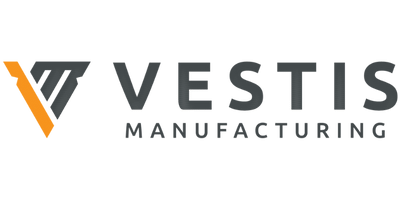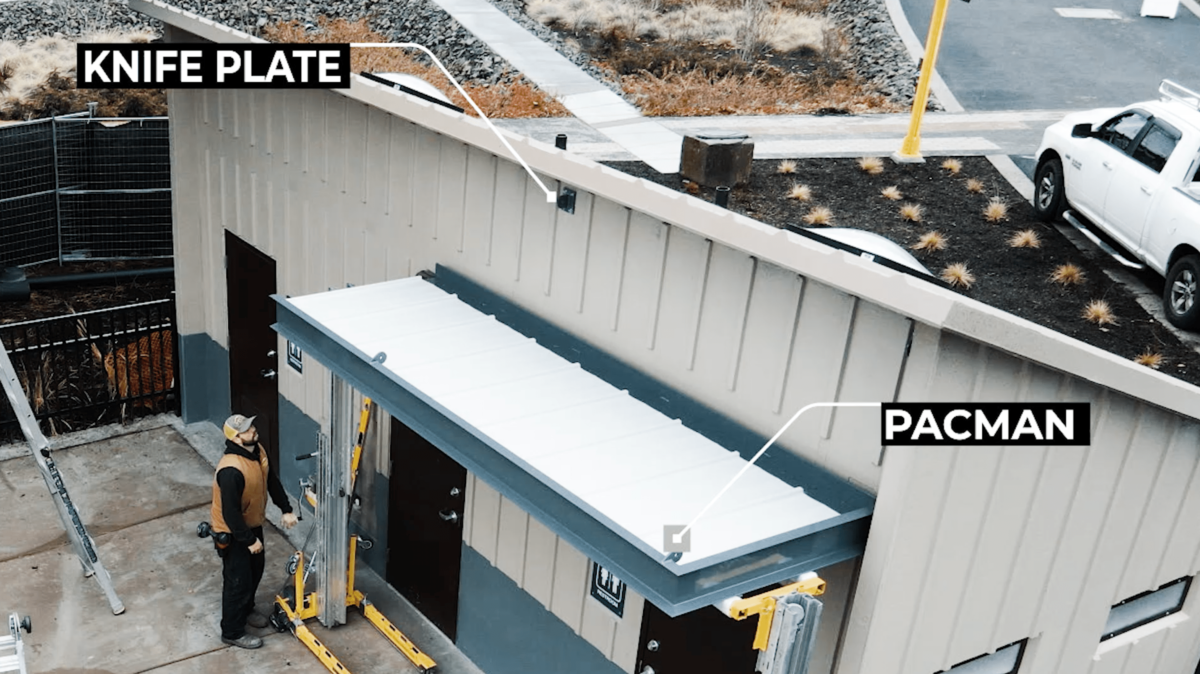Hanger Rod Canopies: Uses and Design Options
Everything you need to know about Hanger Rod Canopies
Hanger Rod Canopies
While a hanger rod canopy has a simple design, it has become an increasingly popular shade option for businesses. Designed with functionality and style in mind, you can install a tied-rod canopy in various commercial settings. From apartment complexes to restaurants, these canopies enhance the appearance of any space.
Due to the hanger rod canopy’s design, it is highly customizable to meet a wide range of specifications. From curved to flat deck design options, there is a lot of potential for these canopies. However, it can be challenging to decide on a design with a large selection of materials, colors, and mounting options available on the market.
If you are curious if a hanger rod canopy is a suitable option for your property, this article will give you all the necessary information you need.
What is a Hanger Rod Canopy?
A hanger rod canopy or tied-rod canopy is a shade structure that extends out with a roof-like design from the surface of a building. Unlike a standard canopy support arm, the hanger rod system mounts above the canopy with a heavy-duty square tube, round tube, or pipe. An installation company can customize these suspended canopy mounting arms.
However, for canopy installation, it must meet strict local building code standards. These building regulations will ensure that the canopy can handle enough downward force and hold up in harsh weather. Whether it’s rain, snow, or hail–you can count on a tied-rod canopy protecting occupants against the elements.
One of the biggest benefits of hanger rod canopies is that they don’t restrict property accessibility. Some self-supporting canopies can block access points and walkways with large support posts or columns. If you want a sleek canopy design, choosing a tied-rod canopy is the ideal choice for your business.
Hanger rod systems are also customizable with their finishes and deck style depending on your property. These canopies blend well with various architectural designs, offering a functional design accent. A professional canopy installation company will have the experience to know the ideal design for a property.
Best Uses For a Hanger Rod Canopy?
Tied-rod canopies are highly versatile and are useful in numerous situations. A hanger rod system is a good choice wherever you want to protect visitors from the sun and weather elements. The ideal installation locations for these canopies are typically above windows and entry doors.
The most common building types you will find hanger rod canopies are in the following locations:
-
Storefronts
-
Restaurants
-
Schools
-
Office Buildings
While most places can benefit from these canopies, there are some locations where these canopies might not be a good choice. If you have a property with uneven walls, mounting heavy-duty supports to the structure may not be the ideal choice. Additionally, a building’s exterior made up of glass windows will not offer proper support.
Along with a proper mounting place, a hanger rod canopy can’t extend out very far from the wall. If you need a shade option for your business that covers large areas, there are better choices to offer protection. A cantilever canopy can be a better choice depending on your specifications.
Hanger Rod vs Cantilever Canopy
Among canopy styles, two of the most common are hanger rod systems and cantilever canopies. The difference between these canopy styles is the mounting method and shade coverage capabilities. When installing cantilever canopies, they require single support columns to support underneath the structure.
The canopy will ‘cantilever’ out from the support columns, whether mounted on the wall or on the ground. A cantilever canopy can cover sidewalks and be in situations not linked to a commercial building. All situations with a hanger rod system will require them to mount to a building’s exterior walls.
These canopy options come in aluminum deck options that offer the best durability and value. Aluminum is the most useful metal material, as it’s a lightweight option that doesn’t rust in wet climates. When placed above windows or doorways, these provide effective sun protection for those underneath them.
Hanger Rod Canopy Breakdown
If you want to understand the features of a tied-rod canopy, there are several characteristics that you can adjust to match your specifications. From the mounting surface to the metal’s finish, you can customize it to your preferences. This section will break down the common options to help you get the ideal canopy for your property.
Roofing or Deck Styles
A canopy’s roofing or deck style can be customized to meet a variety of styles. Two of the most common deck styles are flat and louvered roofing. A louvered canopy deck allows more sunshine through the canopy while also protecting those underneath it from rain. Flat roofing provides greater protection against weather elements.
Facia
Along the outside of the canopy’s perimeter, the fascia comes in flat and c-channel options. The c-channel fascia can add a design accent and better functionality if you want an efficient water drainage option. The flat fascia option also adds a sleek and modern design that is good for any building style.
Mounting Surface
No matter your building’s exterior material, a canopy company can likely install a knife plate to the surface. The knife plates mount with heavy-duty anchors that meet the required specifications by local building codes. Common mounting surfaces for a hanger canopy system are:
- Brick
- Concrete
- Wood
- Steel
Mounting Options
There are two main mounting options for your canopy: tied-rod and cantilever. The tied-rod is the preferred choice, as it’s sturdy, stylish, and low-profile. Cantilever canopy mounting options are available but are typically more expensive and require larger supports to hold the canopy’s structure.
Finish Types
A canopy’s finish will help improve corrosion resistance, durability, and style for your building’s design. Several finish types are available for aluminum, each having different pros and cons. Below are three of the most common finish types and what features make them a suitable option:
-
Powder Coating:
This is our preferred option, as it offers the superior durability, sustainability, and aesthetic appeal of finish types. If you live in a wet climate, the powder coating provides an effective corrosion-resistant finish.
-
Anodized:
An anodized aluminum finish is not a standard coating, with the anodizing process requiring an electrochemical reaction. One of the benefits of this method is it will not peel, crack, or flake off when impacted.
-
Kaynar:
Since 1965, this metal coating finish has been commonly used for steel and aluminum materials. Some of its noteworthy qualities are the weather resistance and mildew-resistant design.
Conclusion
Hanger rod systems are a modern canopy option that comes with many benefits. They are highly versatile, stylish, and durable for commercial properties. Whether you are a restaurant owner or renovating a school, a tied-rod canopy will make a stunning design feature for the space.






